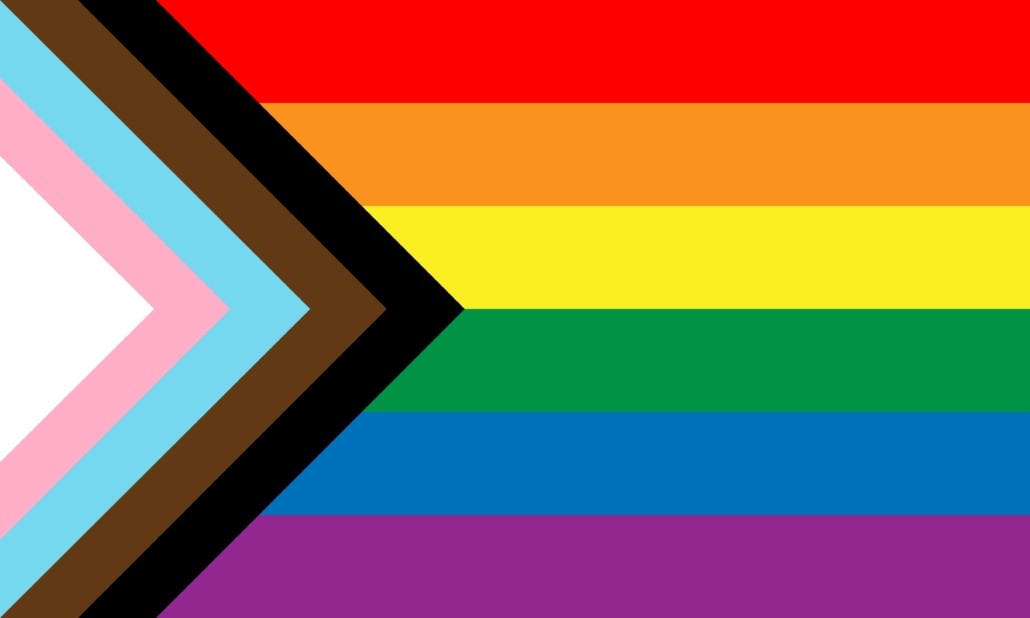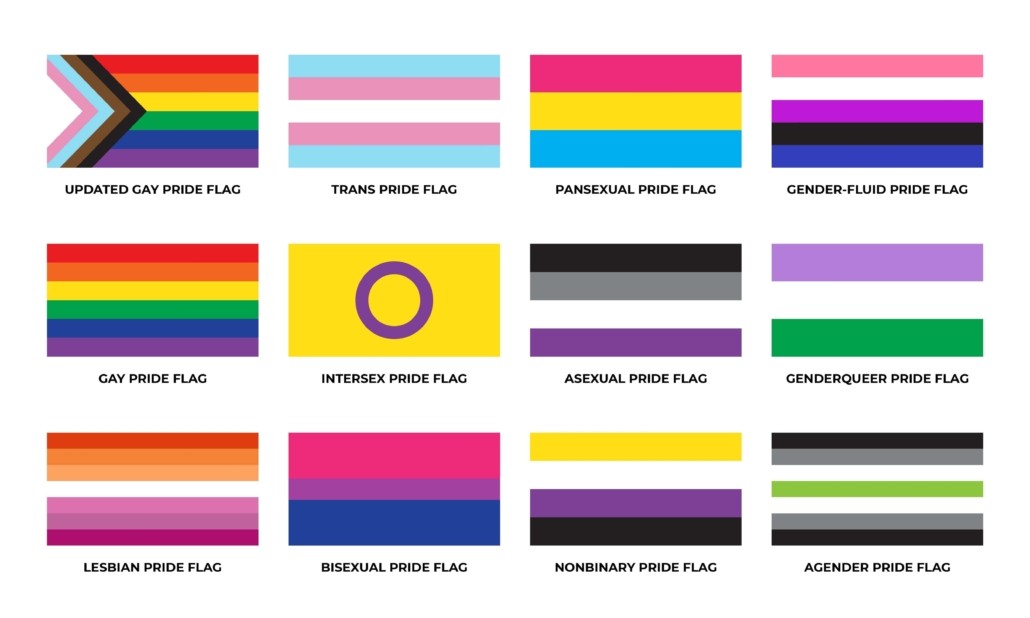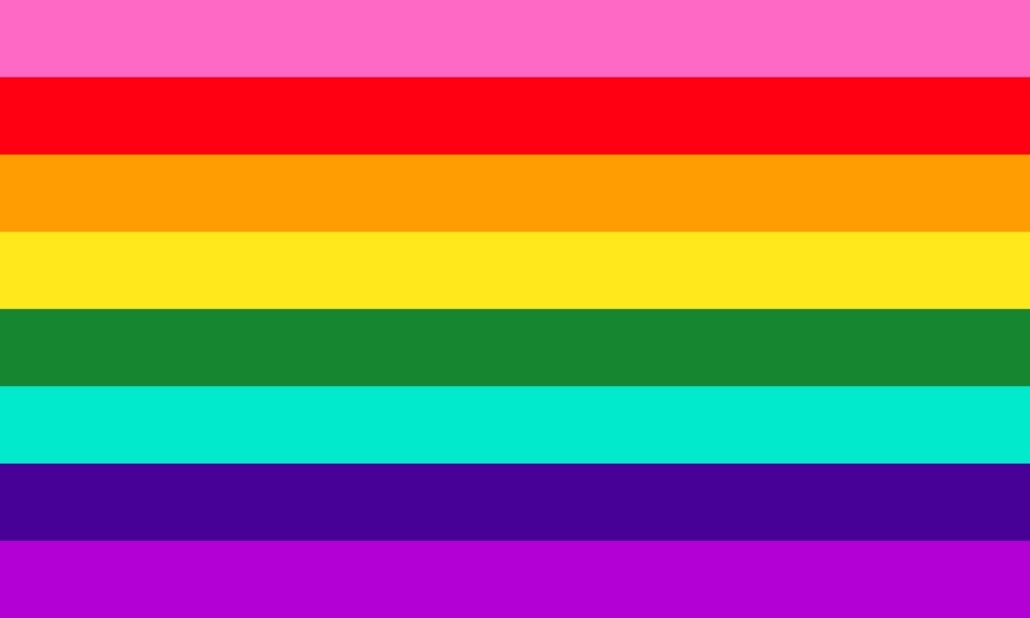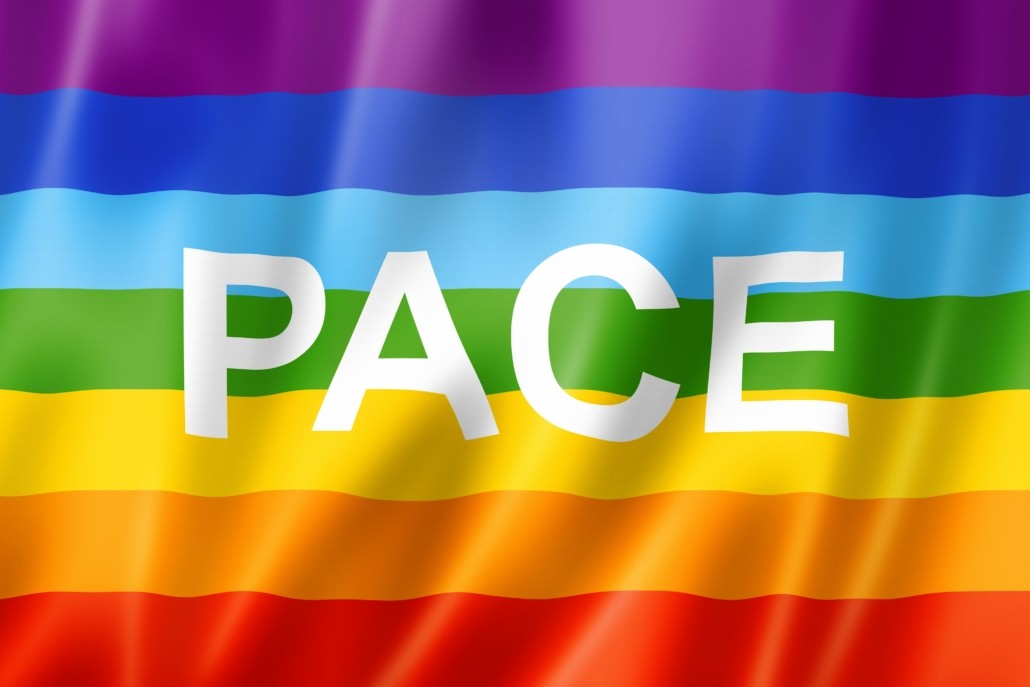The Rainbow Flag and other Pride Flags as a symbol of solidarity and equality
Written by Christina Pichler, May 25, 2023
During Pride month, the colourful, eye-catching and positive rainbow flags decorate numerous cities, buildings and apartments. These colourful symbols stand for solidarity with and equal rights for the LGBTQI+ community because everybody – no matter their sexual orientation or identity – is perfect the way they are. In this article, we explain what the Pride Flag stands for exactly and show you all the different pride flags.
Table of Contents
- Love, identity, and acceptance: The meaning of LGBTQ
- The meaning of the pride flag: A symbol of acceptance and inclusion
- From red to violet: What do the colours of the rainbow flag mean?
- The progress pride flag: Advancing the rainbow flag
- Colourful diversity: The meaning of different LGBTQ flags
- The history of the pride flag: Gilbert Baker and the origin of the rainbow flag
- The original colours of the rainbow flag
- The pace flag: Confusingly colourful similarity
- Positive & diverse: General meanings of the rainbow








